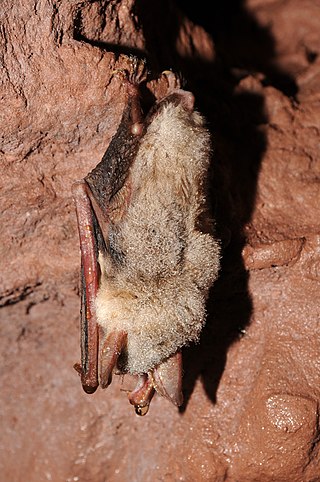
Vespertilionidae is a family of microbats, of the order Chiroptera, flying, insect-eating mammals variously described as the common, vesper, or simple nosed bats. The vespertilionid family is the most diverse and widely distributed of bat families, specialised in many forms to occupy a range of habitats and ecological circumstances, and it is frequently observed or the subject of research. The facial features of the species are often simple, as they mainly rely on vocally emitted echolocation. The tails of the species are enclosed by the lower flight membranes between the legs. Over 300 species are distributed all over the world, on every continent except Antarctica. It owes its name to the genus Vespertilio, which takes its name from a word for bat, vespertilio, derived from the Latin term vesper meaning 'evening'; they are termed "evening bats" and were once referred to as "evening birds".

Coenraad Jacob Temminck was a Dutch patrician, zoologist and museum director.
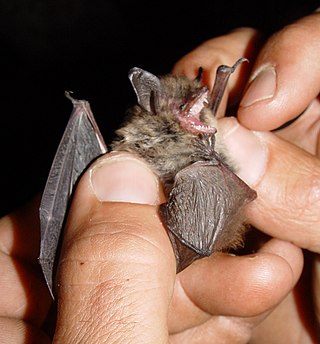
The mouse-eared bats or myotises are a diverse and widespread genus (Myotis) of bats within the family Vespertilionidae. The noun "myotis" itself is a Neo-Latin construction, from the Greek "muós and "oûs", literally translating to "mouse-eared".
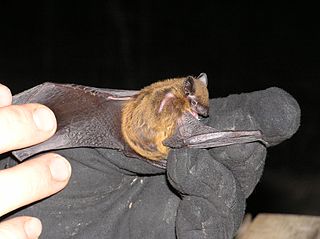
Nycticeius is a small genus of bats in the vesper bat family, Vespertilionidae, and the only member of the tribe Nycticeiini. It contains three species, the evening bat, the Cuban evening bat and Nycticeius aenobarbus. Some authorities include several other Old World species in Nycticeius, but recent genetic work shows that is a completely New World genus. Nycticeius is of Greek and Latin origin, meaning "belonging to the night".

The silver-tipped myotis is a species of mouse-eared bat found in a range of lowland habitats in the Americas.
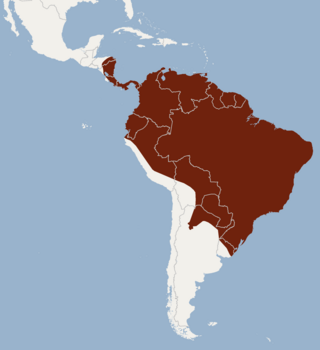
The riparian myotis is a vespertilionid bat species from South and Central America. It is a medium-sized bat compared to other South American myotis.

The eastern long-fingered bat, or big-footed myotis is a species of vesper bat found in China, Japan, North Korea, South Korea, and Russia. Roosting in caves and rock crevices during the day, it forages at night for insects near rivers and streams.

The evening bat is a species of bat in the vesper bat family that is native to North America. Hunting at night, they eat beetles, moths, and other flying insects.

Findley's myotis is a species of vesper bat. It is found only on the Tres Marías Islands off the west coast of Mexico.
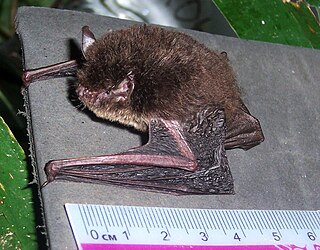
The wall-roosting mouse-eared bat, or Nepalese whiskered myotis is a species of vesper bat whose type locality is Nepal.
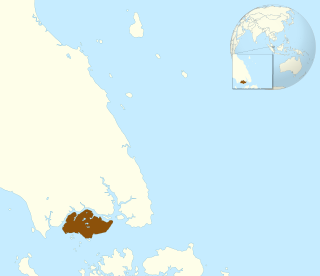
The Singapore whiskered bat is or was a possible species of vesper bat endemic to Singapore. No specimens have been found since its original scientific description in 1840 by Dutch zoologist Coenraad Temminck.
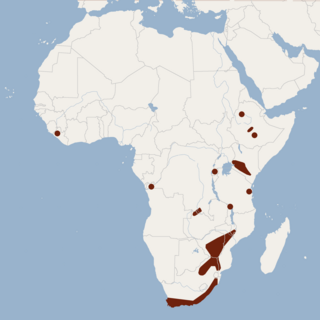
The Cape hairy bat, also known as little brown bat, Temminck's mouse-eared bat, Cape myotis, tricoloured mouse-eared bat, Cape hairy myotis, Temminck's hairy bat and three-coloured bat is a species of vesper bat that is found in Sub-Saharan Africa.
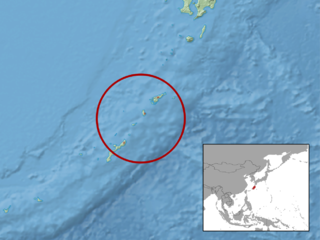
The Yanbaru whiskered bat is a species of vesper bat in the genus Myotis.

Myotinae is a subfamily of vesper bats. It contains three genera: Eudiscopus, Myotis, and Submyotodon. Before the description of Submyotodon and analysis of its phylogenetics, as well as a phylogenetic analysis of Eudiscopus, the only member of Myotinae was Myotis.
The Cuban evening bat is a species of bat in the vesper bat family, Vespertilionidae, that is endemic to western Cuba. It is a small bat, even smaller than cogener Nycticeius humeralis. It is insectivorous, but otherwise little is known about its behavior and diet.

The Bocharic myotis or Bokhara whiskered bat is a species of mouse-eared bat in the family Vespertilionidae, described in 1950, and indigenous to Tajikistan, and Uzbekistan.

The cinnamon red bat is a species of bat in the family Vespertilionidae. It was first described from a specimen that had been collected in Chile. For more than one hundred years after its initial description, it was largely considered a synonym of the eastern red bat. From the 1980s onward, it was frequently recognized as distinct from the eastern red bat due to its fur coloration and differences in range. It has deep red fur, lacking white "frosting" on the tips of individual hairs seen in other members of Lasiurus. It has a forearm length of 39–42 mm (1.5–1.7 in) and a weight of 9.5–11.0 g (0.34–0.39 oz).
The Armenian whiskered bat, also known as the Hajastan myotis or the Armenian myotis, is a species of bat from the family Vespertilionidae. The Armenian whiskered bat was formerly included as a part of the whiskered bat, but was considered distinct in 2000 as a result of morphologic comparison.
















